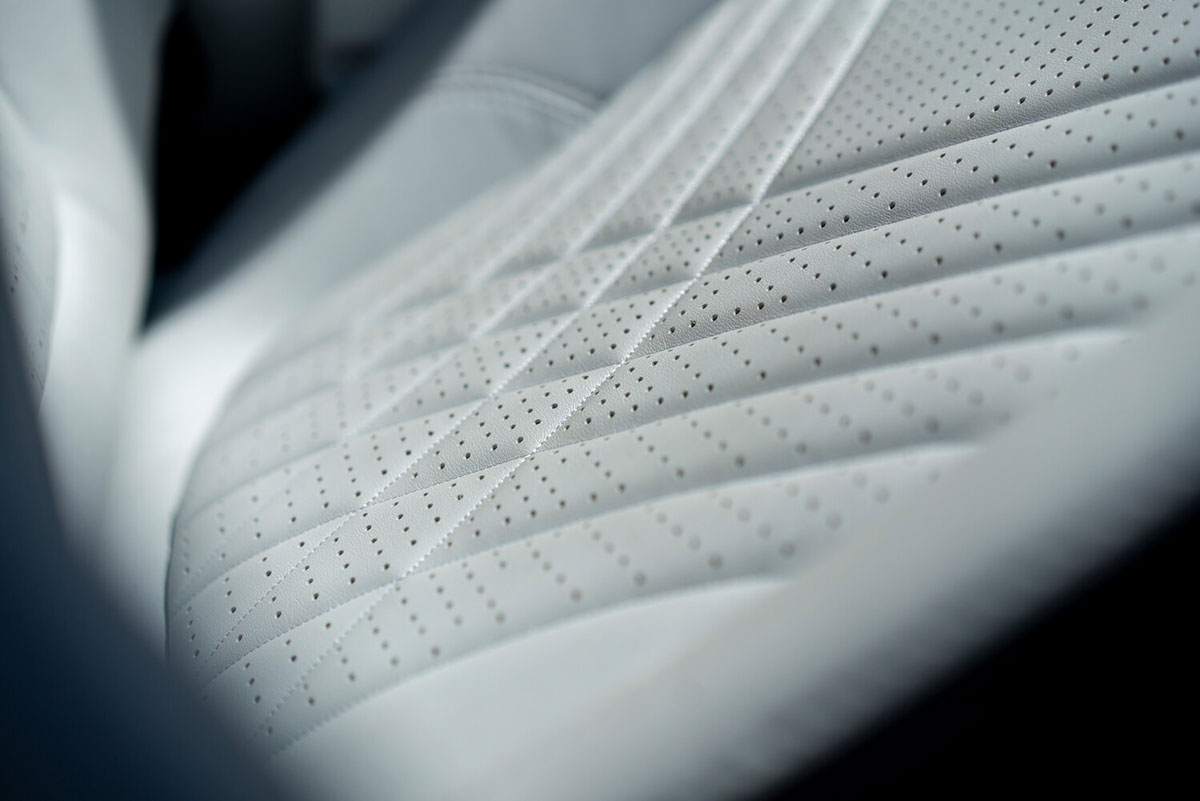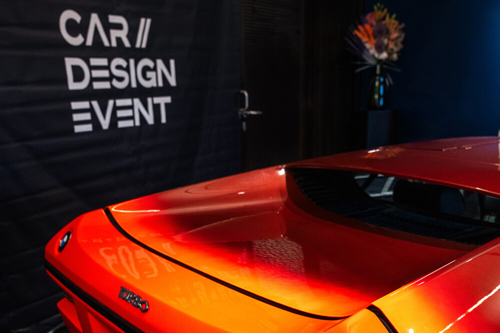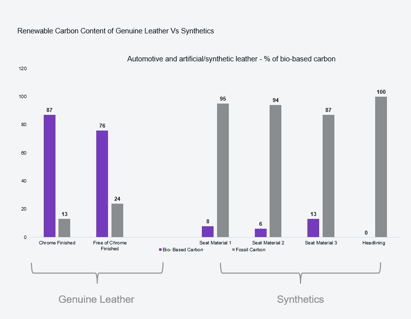
Driving Sustainability: The key questions car designers should be asking interior material suppliers
We are continuing to call for greater transparency by outlining the questions automotive designers should be asking of their material suppliers.
Intended to arm CMF teams with the information to select a material that offers the ultimate in quality, traceability, sustainability and durability, the educational series will also help prevent designers from being ‘greenwashed’ by suppliers.
As the industry transitions to a zero-emission future, the environmental impact of the supply chain is rightly being more rigorously scrutinised. Responsible suppliers play a key role in supporting car makers’ carbon reduction targets and their drive to ethically source circular, quality materials.
As a sponsor of the Car Design Event, held in Munich, we presented the key questions below to automotive designers and undergraduate design students.

Q1 - Is the product and the supply chain fully traceable?
The journey from raw material to finished product should be completely transparent and traceable.
Responsible material suppliers should be able to show full visibility of the supply chain from verifying the origin of the product and ensuring regulatory compliance to demonstrating the highest standards of quality and authenticity. Legislation such as the forthcoming Deforestation Regulation (EUDR) is designed to eliminate the risk of deforestation in the supply chain, while at the same time promoting further traceability.
We pride ourselves on our farm-to-finish traceability.
As a by-product of the meat industry, with no cattle bred for their hides, our raw hides are always sourced from responsible local suppliers with full traceability, as certified by the UK Cattle Tracing Scheme, with the highest standards of animal welfare and without risk of deforestation.
Q2 - What happens to the material at end of life?
Within data supplied by Trumpler Gmbh & Co. KG, the bio content of leather was compared to that of synthetic materials with the latter demonstrating a significant amount of fossil carbon in comparison.
Synthetic materials based on recycled plastics are also not always as claimed, often requiring new virgin plastic material to fully manufacture them, introducing an environmental issue rather than solving one.
This was recently backed up by the World Wildlife Fund – which also called out the use of plastic in non-animal materials – while highlighting the key role leather has to play in the fight against deforestation.
In 2024 we launched two new tanning technologies, BioTAN® and FreeTAN®, marking a significant step forward in the development of our next-generation leather.
Increasing the bio-content and end-of-life biodegradability properties, as well as reducing fossil fuel-derived content and heavy metals, BioTAN® and FreeTAN® further increase the already high bio-content of the leather without compromising on performance.

Q3 - How is the true impact of the product measured and (independently) verified?
A material supplier should be able to provide an independently verified measurement of its product’s impact on the environment in the form of a Life Cycle Analysis (LCA).
Conducted by independent consultants, an LCA studies the environmental impacts related to the production of a product which can then identify opportunities to reduce its overall impact. This enables a true and fair comparison against the impact of other products and materials.
In 2022, we became the first automotive leather manufacturer in the world to publish an independently verified LCA.
Building on more than two decades of responsible leather production leadership, we released our LCA as part of the publication of our parent company Scottish Leather Group’s (SLG) Environmental, Social and Governance (ESG) report.
We recorded a LCA score of 8kg/CO2e/m2 – a figure which includes both the upstream and core production process.
Within our 2024 report, it was revealed that we are also now 90% towards achieving 100% zero greenhouse gas emissions for our operations, achieving a target originally set in 2018, and some twenty years ahead of Scotland’s net-zero ambitions.
Our LCA helps our customers to identify and reduce their carbon impact without offsetting.
Q4 - Does the product meet typical automotive specifications across all touchpoints?
Specifying an interior material to automotive-grade quality is very challenging.
Car cabins have a long life, operate in extreme temperatures and are subject to the ageing effects of UV light exposure as well as use by multiple owners.
In a report by the Filk Institute, leather outperformed comparison synthetics in every area, from longevity and durability to performance, comfort and breathability.
The consequences of a material lacking the required quality and performance that is still put into production include warranty claims and customer dissatisfaction.
Thanks to its inherent quality, Bridge of Weir leather is well-known for ageing gracefully.
Many owners of classic cars trimmed with our original leather remain in contact, discussing how to best care for the interior, ensuring it continues to look its best.

Q5 - Is the supplier’s manufacturing process circular?
As well as being within touching distance of our emissions targets, SLG’s 2024 ESG Report also revealed that we are on track to achieve our target of zero waste to landfill by the end of 2025, with 89% of waste now recycled or recovered through our processes – an increase from 77% previously with further improvement being targeted through renewed focus on the supply chain.
Our raw hide co-product production includes collagen, gelatine and protein and any remaining waste is then converted to energy via our on-site Thermal Energy Plant to support the production of new leather.
Transparent sourcing, measurable impact and circular processes are essential pillars of responsible design.
By collaborating with suppliers who integrate and prioritise these, the automotive industry can accelerate its transition to a more sustainable future, one vehicle interior at a time.